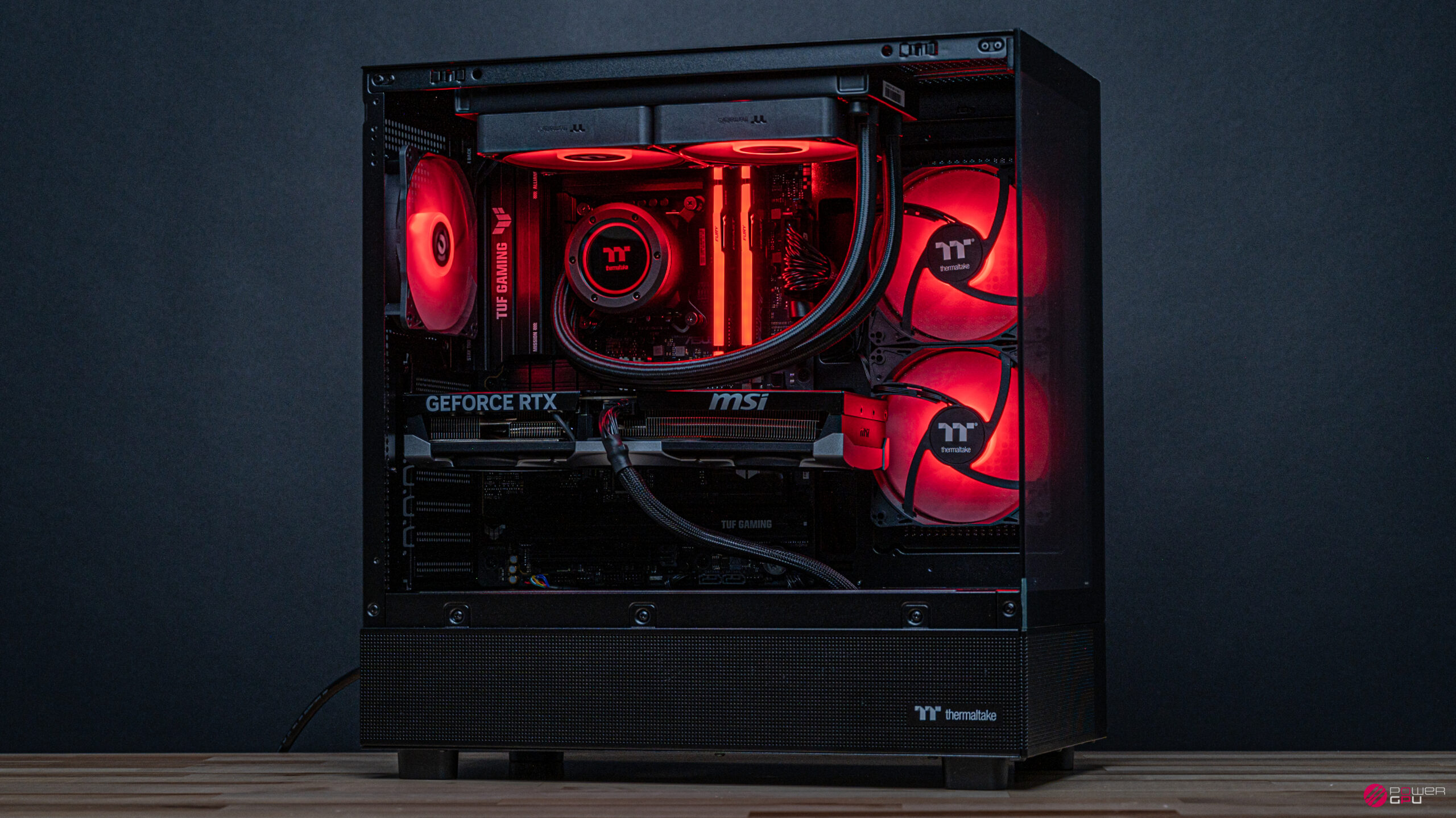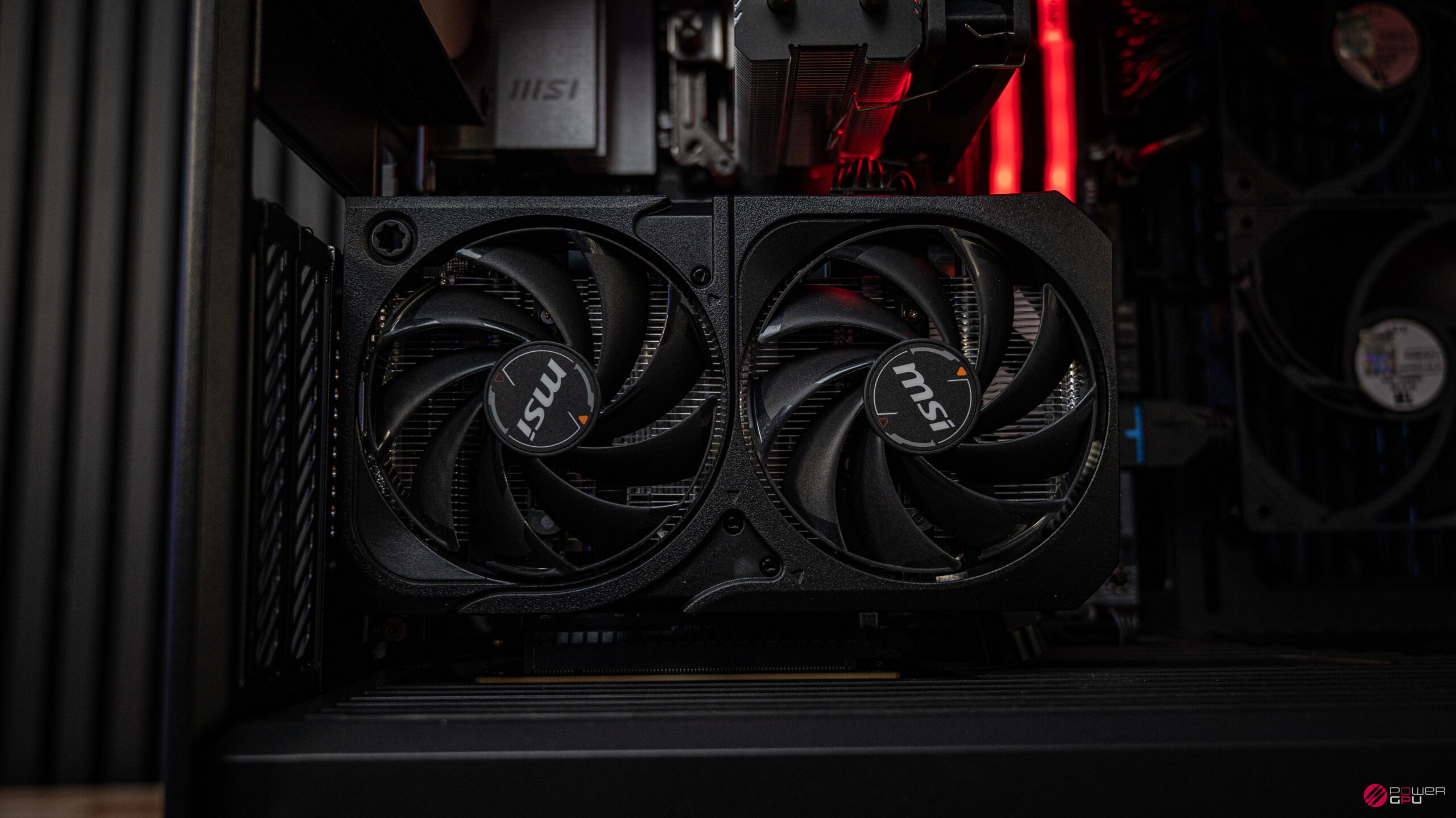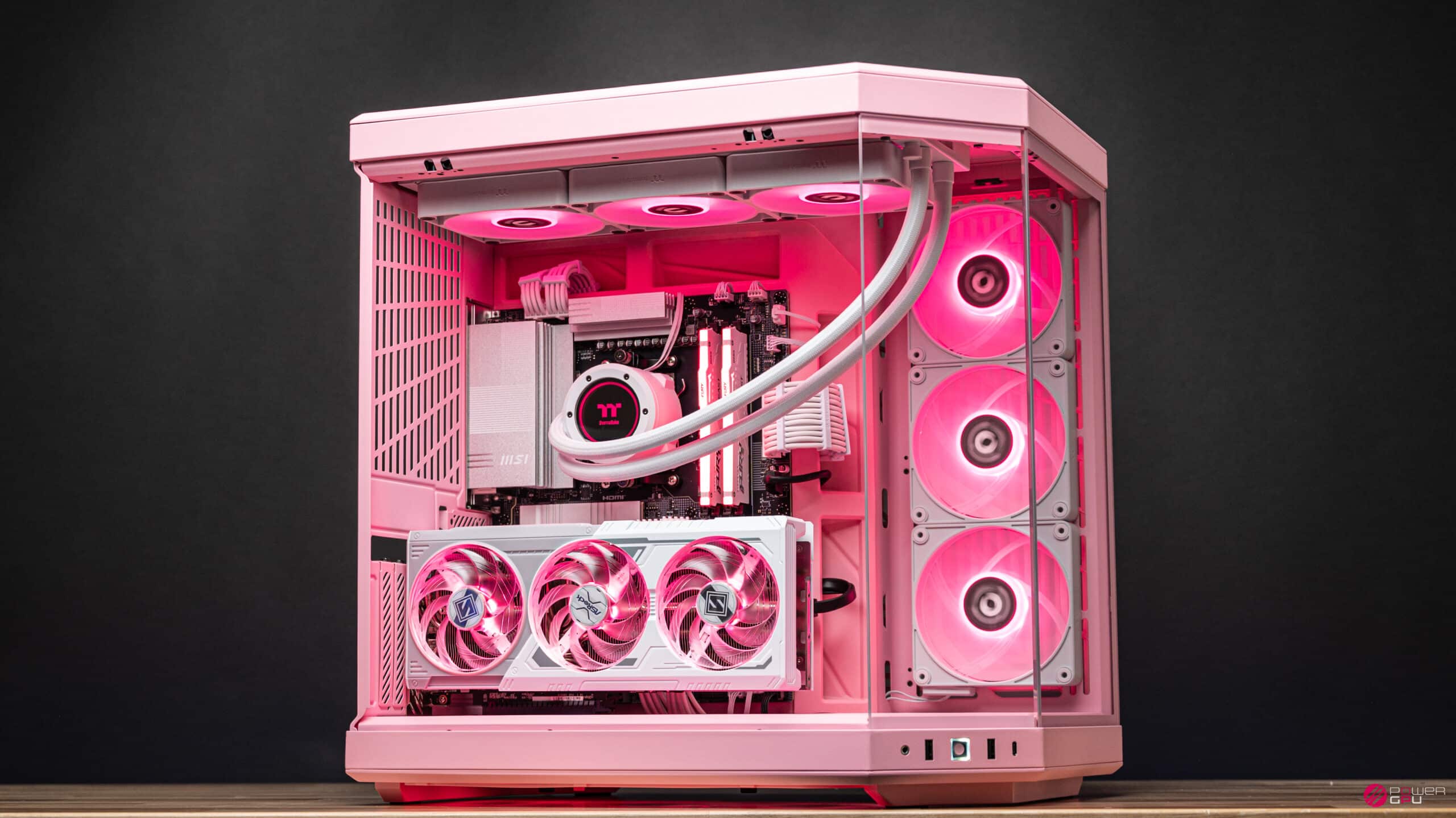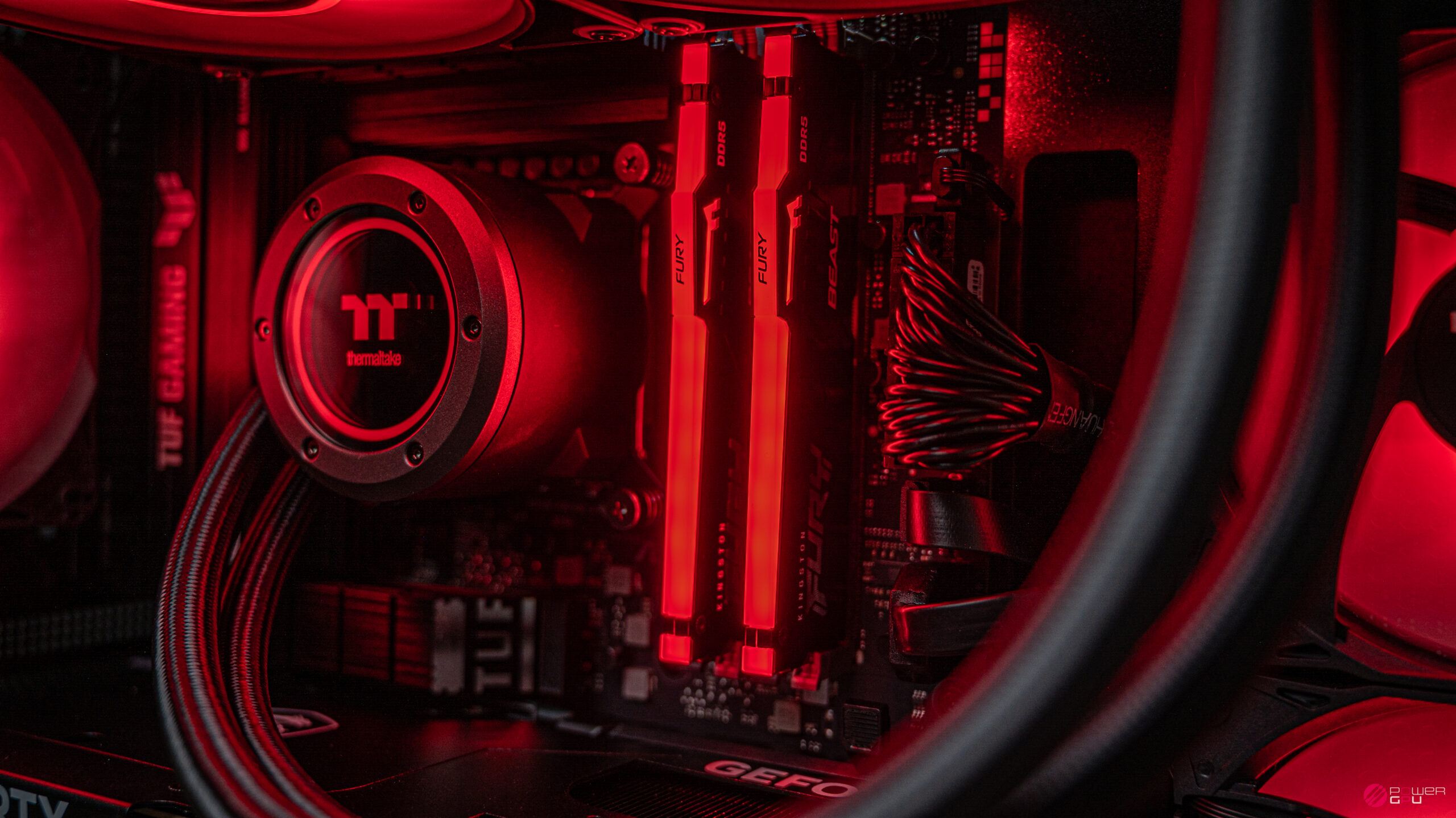…and Will It Damage Anything?
Your computer just hit 90°C during that intense raid, your fans sound like they’re preparing for takeoff, and you’re wondering if your expensive gaming rig is slowly cooking itself to death. If you’ve ever felt your computer case radiating heat like a space heater or watched temperature monitors climb into the red zone during gaming sessions, you’re experiencing one of gaming’s most common concerns.
Here’s the truth: gaming pushes your gaming computer harder than almost any other activity, generating serious heat in the process. While some heat is normal and expected, excessive temperatures can throttle performance, cause crashes, and yes – potentially damage your hardware over time. The good news? Understanding why this happens and how to prevent it can save your components and your gaming experience.
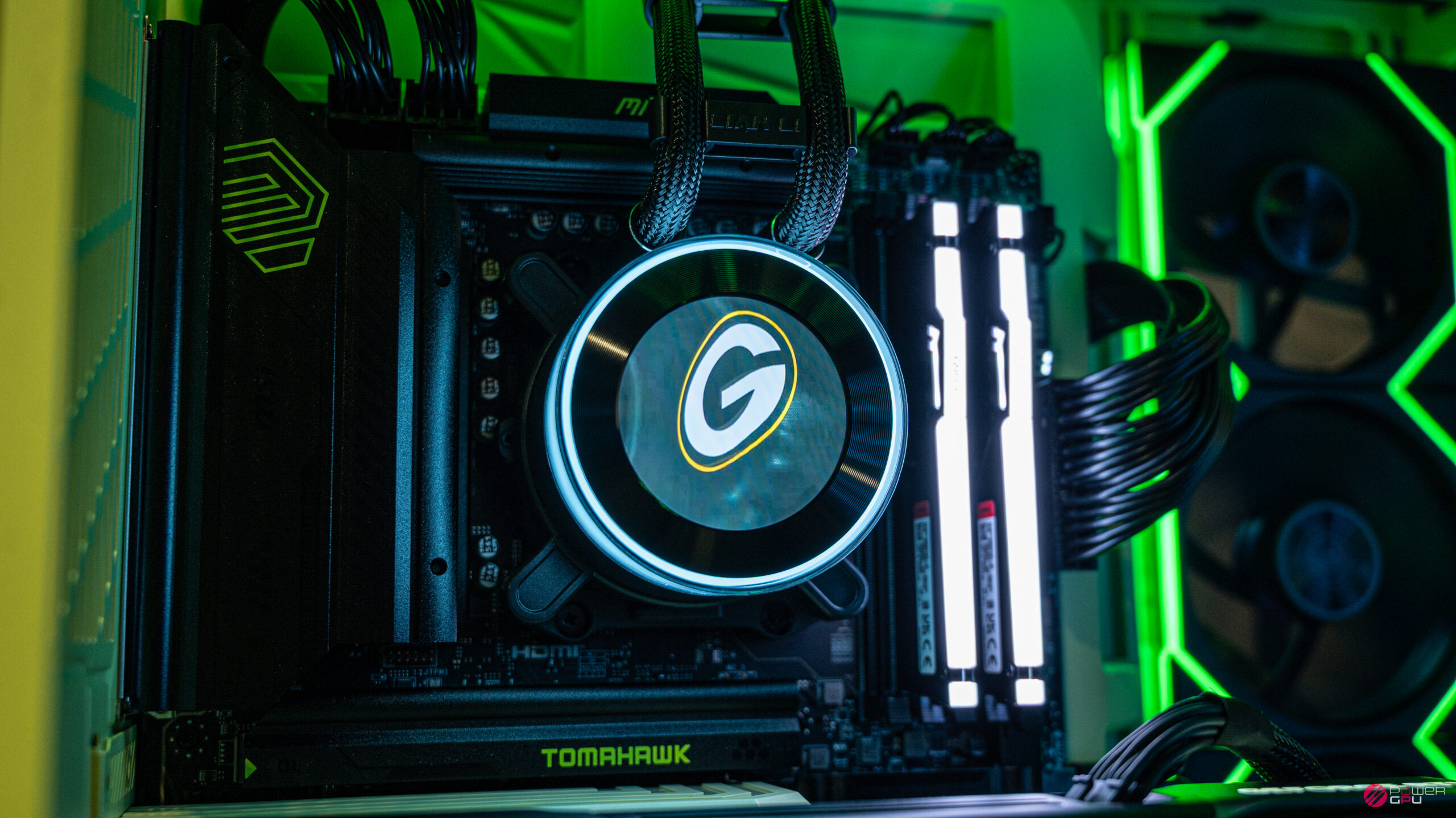
Why Gaming Turns Your PC Into a Furnace
Gaming transforms your computer from a quiet office machine into a high-performance powerhouse, and that transformation comes with serious thermal consequences.
Your CPU: The Strategic Commander Under Pressure
During gaming, your CPU handles countless calculations every second. It manages game physics, coordinates between different system components, processes AI behaviors, and handles background tasks simultaneously. Modern games like COD, BF, Cyberpunk 2077 or Microsoft Flight Simulator can push even powerful processors to their limits.
Each calculation requires electricity, and electricity generates heat. When your CPU processes millions of instructions per second during intense gaming moments, that heat adds up quickly. Your processor can jump from idle temperatures of 30-40°C to gaming loads of 70-80°C in seconds.
Your GPU: The Visual Powerhouse
Your graphics card works even harder during gaming. Rendering complex 3D environments, calculating lighting effects, processing ray tracing, and pushing high frame rates requires enormous computational power. Modern GPUs contain thousands of processing cores working simultaneously, each generating heat.
High-end graphics cards can consume 300-400 watts of power during gaming – enough to power several light bulbs. That energy doesn’t disappear; it converts directly into heat. Your GPU temperatures can spike from idle levels of 30-40°C to gaming temperatures of 70-85°C almost instantly.
RAM and Storage: The Supporting Cast
Even your memory and storage drives contribute to the thermal load. RAM works constantly during gaming, storing and retrieving data at lightning speeds. NVMe SSDs can generate significant heat when constantly reading and writing game data, textures, and save files.
Case Components: The Chain Reaction
Power supplies work harder to deliver the increased electricity demand, generating additional heat. Motherboard components like voltage regulators heat up when supplying power to your overworked CPU and GPU. Even cables can warm up from increased electrical flow.
All this heat concentrates inside your computer case, creating a thermal environment that challenges even well-designed cooling systems.
The Real Risks of Overheating
Understanding the potential consequences of excessive heat helps put the importance of proper cooling into perspective.
Performance Throttling: When Your Hardware Protects Itself
Modern components include built-in protection mechanisms called thermal throttling. When temperatures reach dangerous levels, your CPU and GPU automatically reduce their clock speeds to generate less heat. This safety feature protects your hardware but devastates gaming performance.
During thermal throttling, you’ll notice:
- Sudden frame rate drops during intense scenes
- Stuttering and choppy gameplay
- Reduced visual quality as components slow down
- Inconsistent performance that varies with temperature
Your expensive gaming hardware essentially handicaps itself to prevent damage, robbing you of the performance you paid for.
System Crashes and Instability
Extreme heat can cause system instability, leading to:
- Blue screen crashes during critical gaming moments
- Unexpected shutdowns that corrupt save files
- Application crashes that interrupt multiplayer matches
- System freezes requiring hard restarts
These crashes don’t just interrupt your gaming – they can corrupt data and frustrate teammates in multiplayer environments.
Long-Term Hardware Damage
Sustained high temperatures accelerate component aging and can cause permanent damage:
Electromigration: High temperatures cause atoms in your CPU and GPU to migrate, gradually degrading pathways and reducing performance over time.
Thermal Cycling Stress: Repeated heating and cooling cycles cause expansion and contraction that can crack solder joints and damage connections.
Component Degradation: Electronic components degrade faster at high temperatures, reducing their operational lifespan significantly.
Reduced Overclocking Headroom: Heat damage accumulates over time, making components less stable at high performance settings.
The Financial Impact
Overheating doesn’t just risk your hardware – it threatens your investment. Replacing a damaged high-end graphics card or processor costs hundreds or thousands of dollars. Even worse, heat damage often isn’t covered under warranty if it results from inadequate cooling.
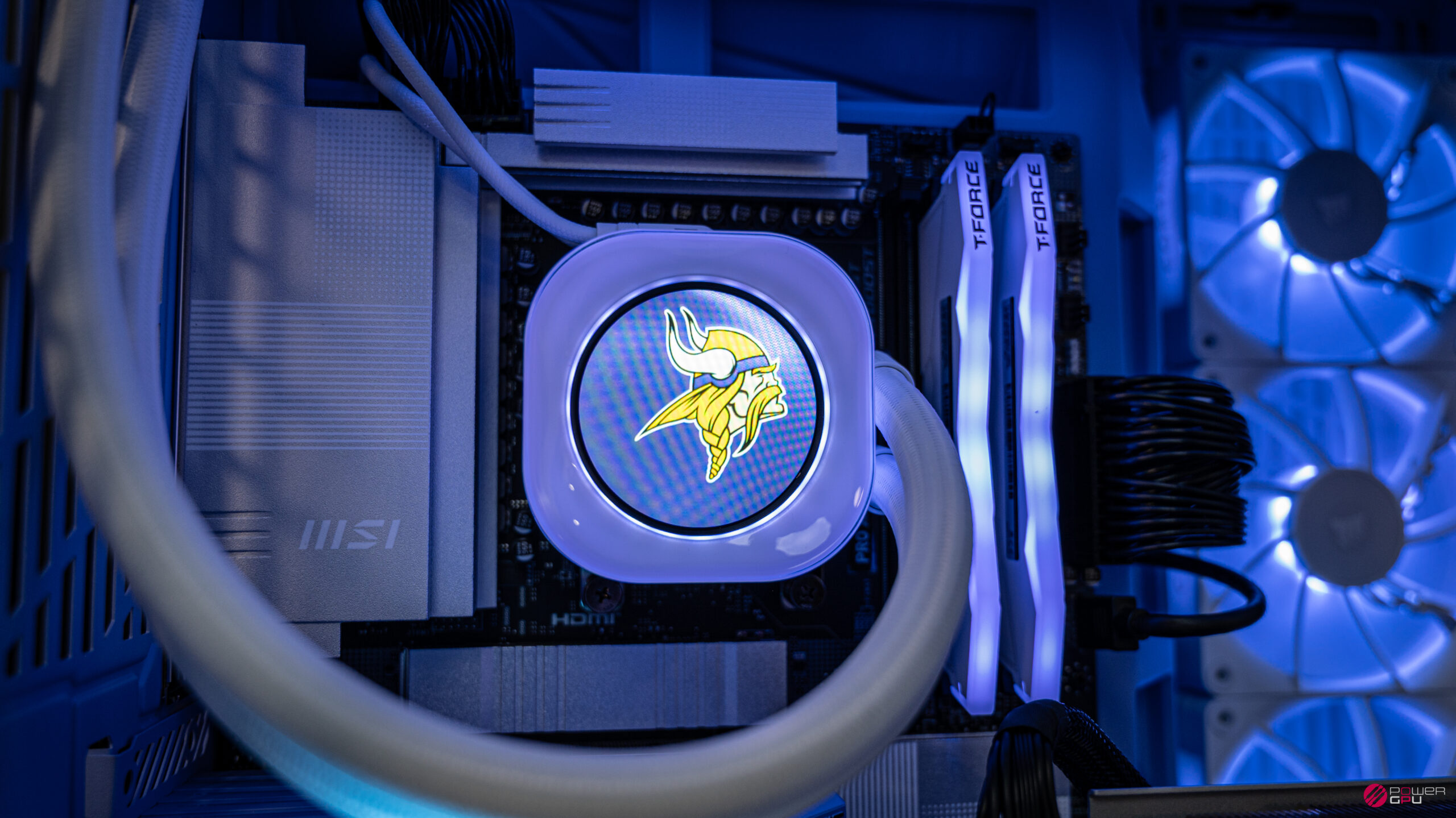
Warning Signs Your System Is Running Too Hot
Recognizing overheating symptoms early can prevent serious damage:
Temperature Readings: CPU temperatures above 85°C or GPU temperatures above 90°C during gaming indicate potential problems.
Fan Behavior: Fans running at maximum speed constantly suggest your cooling system is struggling to keep up.
Performance Issues: Sudden frame rate drops or reduced performance during gaming often signal thermal throttling.
Physical Signs: A case that’s hot to the touch, unusual smells, or visible heat distortion around vents indicate serious overheating.
System Behavior: Unexpected crashes, freezes, or shutdowns during gaming sessions often result from thermal protection mechanisms.
Practical Solutions for Keeping Your Gaming PC Cool
The good news is that overheating is entirely preventable with the right approach and maintenance.
Improve Case Airflow
Proper airflow is your first line of defense against heat:
Intake and Exhaust Balance: Ensure your case has adequate intake fans bringing cool air in and exhaust fans removing hot air. A balanced setup prevents hot air from recirculating.
Cable Management: Organize cables to avoid blocking airflow paths. Messy cables create turbulence and reduce cooling efficiency.
Component Spacing: Ensure adequate space between components for air circulation. Cramped layouts trap heat and reduce cooling effectiveness.
Regular Maintenance Makes a Difference
Dust is cooling’s worst enemy:
Filter Cleaning: Clean dust filters monthly to maintain optimal airflow. Clogged filters force fans to work harder while reducing cooling effectiveness.
Component Dusting: Use compressed air to remove dust from CPU coolers, graphics card fans, and case fans quarterly.
Thermal Paste Replacement: Replace CPU thermal paste every 2-3 years to maintain optimal heat transfer between your processor and cooler.
Upgrade Your Cooling Solutions
Sometimes better hardware is the answer:
CPU Coolers: Upgrade from stock coolers to high-performance air coolers or liquid cooling systems for better temperature control.
Case Fans: Add more fans or upgrade to higher-performance models that move more air with less noise.
Graphics Card Cooling: Consider aftermarket GPU coolers or graphics cards with superior cooling designs.
Optimize Your Gaming Environment
Environmental factors affect cooling performance:
Room Temperature: Game in cooler rooms when possible. High ambient temperatures make cooling systems work harder.
Case Ventilation: Ensure your computer case has adequate ventilation space. Don’t trap it in enclosed cabinets or against walls.
Gaming Settings: Consider reducing ultra-high settings that push your hardware to thermal limits without significant visual benefits.
When to Worry and When to Relax
Understanding normal versus dangerous temperatures helps you make informed decisions:
Normal Gaming Temperatures
- CPU: 60-80°C during gaming is typical for most processors
- GPU: 65-85°C during gaming is normal for most graphics cards
- Case: Warm to the touch but not uncomfortably hot
Concerning Temperature Ranges
- CPU: Above 85°C consistently during gaming
- GPU: Above 90°C during normal gaming loads
- Case: Too hot to touch comfortably
Emergency Situations
- CPU: Above 95°C (immediate shutdown risk)
- GPU: Above 95°C (thermal throttling certain)
- System: Frequent crashes or unexpected shutdowns
The PowerGPU.com Thermal Management Advantage
At PowerGPU.com, we understand that proper thermal management isn’t an afterthought – it’s fundamental to gaming performance and hardware longevity. Every system we build incorporates comprehensive cooling solutions designed to handle the most demanding gaming scenarios.
Expert Component Selection
Our team selects components with thermal performance in mind:
Efficient CPUs and GPUs: We choose processors and graphics cards known for excellent performance-per-watt ratios, reducing heat generation while maximizing gaming performance.
Quality Cooling Solutions: Every build includes professional-grade cooling systems, from high-performance air coolers to advanced liquid cooling solutions.
Optimal Case Selection: We select cases with superior airflow designs and adequate space for component cooling.
Professional Assembly and Testing
Our master craftsmen ensure optimal thermal performance:
Precision Thermal Paste Application: Proper thermal compound application ensures maximum heat transfer between components and coolers.
Airflow Optimization: Components are positioned to create ideal airflow patterns that efficiently remove heat from your system.
Cable Management Excellence: Professional cable routing eliminates airflow obstructions and improves cooling efficiency.
Comprehensive Thermal Testing
Every PowerGPU.com system undergoes rigorous thermal testing:
Gaming Load Testing: We test systems under actual gaming conditions to verify thermal performance during real-world use.
Stress Testing: Extended high-load testing ensures your system remains stable during the most demanding scenarios.
Temperature Monitoring: We verify that all components operate within safe temperature ranges under various conditions.
Future-Proofed Cooling Solutions
We design cooling systems that will handle not just today’s games, but tomorrow’s as well:
Headroom for Upgrades: Our cooling solutions provide thermal capacity for future component upgrades.
Scalable Solutions: Systems are designed to accommodate additional cooling components if needed.
Long-Term Reliability: Quality components ensure your cooling system will perform reliably for years.
Taking Control of Your Gaming Temperature
Overheating doesn’t have to be part of your gaming experience. With proper cooling solutions, regular maintenance, and quality components, your system can deliver peak performance without thermal concerns.
The key is understanding that thermal management is an investment in your gaming future. Every degree you keep your components cooler extends their lifespan, maintains their performance, and protects your investment in high-end gaming hardware.
When you choose PowerGPU.com for your custom gaming PC, you’re not just getting a powerful system – you’re getting a thermally optimized machine designed to deliver consistent, reliable performance without the heat-related issues that plague many gaming setups. Our expert team ensures every component works together to create a cooling solution that keeps your hardware happy and your gaming experience smooth.
Don’t let overheating hold back your gaming potential. Invest in a properly cooled PowerGPU.com system and game with confidence, knowing your hardware is protected and performing at its peak.
